Having children is one of the greatest joys in life, and as a parent, you want to do everything in your power to ensure their well-being. But still, when they are experiencing dental difficulties, it can be difficult to watch them suffer, especially when you cannot immediately make the problem disappear.
As your child grows, their teeth may not always develop in the perfect alignment necessary for optimal dental health and aesthetics. That is why you must look for a qualified kids’ orthodontist in Sydney, Australia and schedule an orthodontic check up to start the best possible orthodontic treatment for your child.
In this post, we will explore the most common orthodontic problems that children may face, their causes, and the remedies available to help them achieve a beautiful, healthy smile.
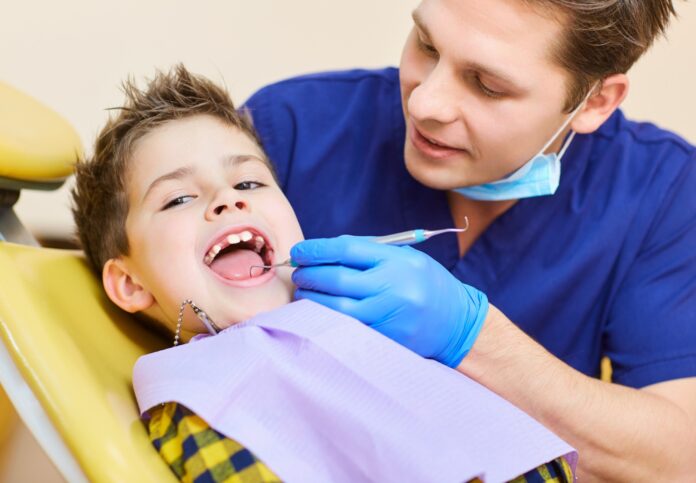
Your Child’s First Visit
An orthodontic evaluation of your child’s existing symptoms and the formulation of a treatment strategy will need to occur during a visit to the orthodontist before any diagnosis can be provided or treatment can begin. During a child’s first orthodontic appointment, the orthodontist will inspect their teeth, mouth, and jaws while asking parents about their child’s chewing and swallowing habits.
The orthodontist may take dental X-rays of your child’s mouth to examine how and where the teeth develop. Additionally, the orthodontist may mould the teeth by placing a tray of sticky material onto the child’s top and bottom teeth to create a replica.
You, as a parent, play a critical part in assisting your child in the development of healthy, permanent teeth and maintaining good oral health. A few essential things a parent can do to help their child receive the necessary care is to ensure their child maintains regular checkups with their orthodontist while undergoing orthodontic treatment.
Most Common Children’s Orthodontic Problems
One of the most distressing difficulties a person can experience is a toothache or another issue relating to their teeth. It can alter one’s activities or attitude for the entire day.
You must have a solid understanding of your child’s specific issues to effectively communicate the situation to their dentist and arrive at an appropriate solution.
Here are the lists of some of the most common orthodontic issues in children:
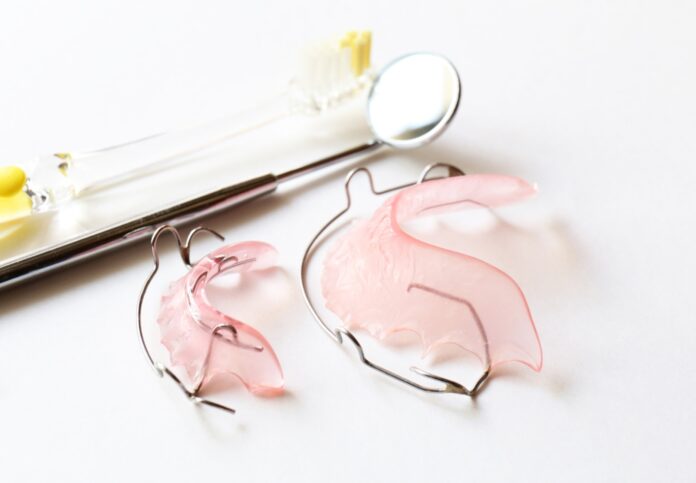
Crossbites
When one or more of your child’s upper teeth bite within their lower teeth, you call it a crossbite.
This can happen in one or both jaws. In most cases, it is caused by the upper and lower jaws not being correctly aligned.
When it comes to children, using a palatal expander to make the upper jaw wider is a potential solution to one of the most prevalent orthodontic issues you may encounter.
Abnormal Eruptions
When a tooth begins to emerge through the gum, but in the incorrect location, this is known as an aberrant eruption. If a tooth cannot grow ultimately, a minor surgical treatment may be required to uncover it to prevent further complications in the future.
Your child’s orthodontist is the best person to diagnose this and organise treatment in which a gum specialist may also be involved.

Underbites
Underbite is a dental condition that occurs when a person’s bottom front teeth are longer than their upper front teeth. One of the most prevalent reasons for an underbite is an undergrowth of the upper jaw, which an overgrowth of the lower jaw can also cause.
Jaw surgery may be required as part of your child’s therapy for orthodontic issues, depending on the severity of those issues. The good news is that if this condition is caught early enough, there is a better possibility that a reasonably direct early intervention will eliminate the requirement for surgical treatment.
Overbites
A “vertical” issue known as a deep bite or overbite occurs when the upper front teeth of your child’s upper jaw bite excessively far down over their lower teeth. The bite can go so deep that the upper teeth completely cover the lower ones.
As a result, this can lead to excessive wear on the teeth as well as discomfort and other dental problems because the lower teeth will be biting into the roof of the mouth.
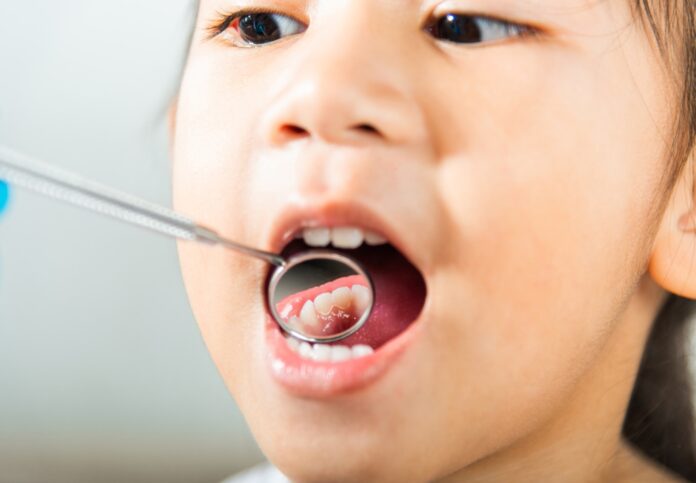
Increased Overjet
Another sort of overbite is known as a “horizontal” problem, which is the opposite of the “vertical” issue mentioned earlier. When the top teeth are more forward to the bottom, an orthodontic practitioner typically refers to this as an increased “overjet.” This results in a space or gap that is horizontally present between the upper and lower teeth.
Crowded Teeth
Teeth might become crowded in your child’s jaws if there is insufficient space for them to fit in a regular position. It is possible that your jaws are too small or your teeth are too big. There are numerous treatments, and the one you choose for your child will depend on their age and developmental stage. Some solutions include early intervention, which may lessen the need for later treatment.
Too Much Space
It is possible to have an excessive amount of space between the teeth if the teeth themselves are small compared to the available room in the jaw—if one or more teeth do not come in or if one or more teeth are lost as a result of disease or trauma.
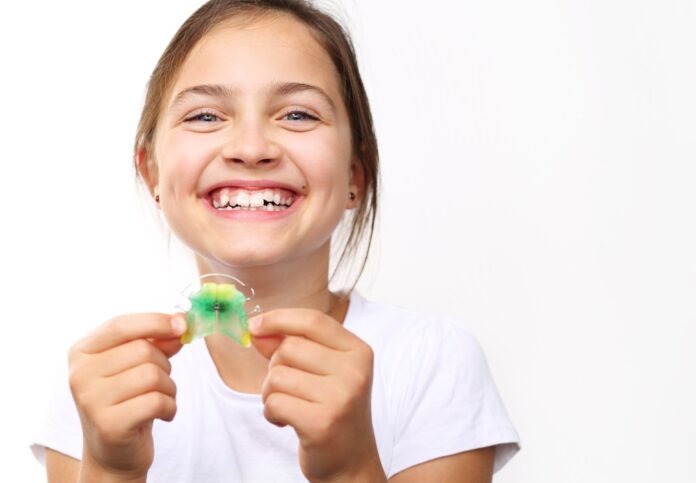
Open Bite
Another form of “vertical” issue is the reverse of the increased vertical overbite. This is where the front teeth are kept open or leave an open space in the front of the mouth while the back teeth are brought together. This condition is occasionally caused by poor oral habits, such as thumb sucking or an issue with one’s tongue posture.
Final Thoughts
If you notice that your child is experiencing any of these dental issues, it’s important not to delay taking them to see their orthodontist. Your child’s teeth are the foundation of their self-confidence and beautiful smile! Thus, taking care of their dental health is essential for their overall well-being.

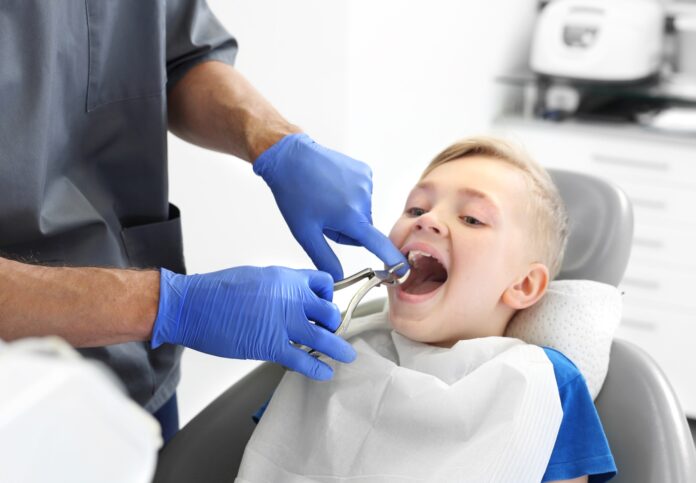



![Calgary’s Hottest Neighborhoods for Luxury Homebuyers [2024]](https://thewashingtonote.com/wp-content/uploads/2024/04/Calgary-324x160.png)



